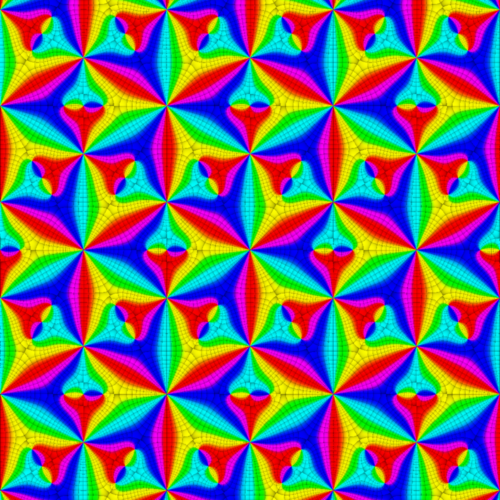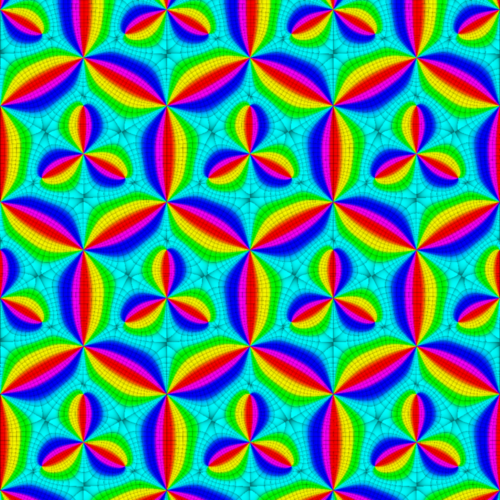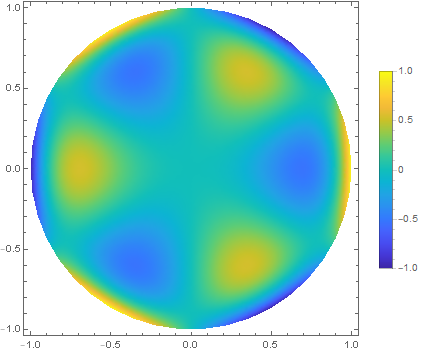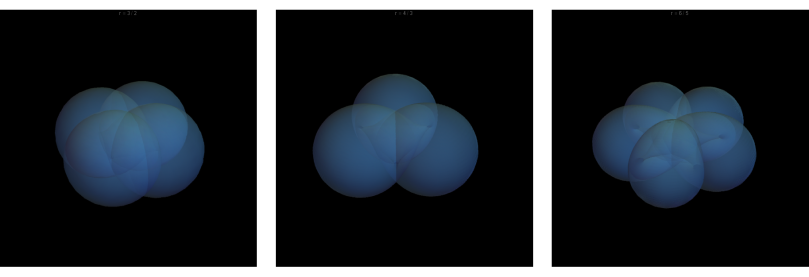I have just released new versions of two Mathematica packages I have written only today:
Carlson 1.1 (computing Carlson integrals)
MoleculeViewer 3.0 (molecule visualization)
The bulk of the work for these two Mathematica packages was already done many months ago, but was greatly hampered by not having a working computer of my own to use. Recently, kind friends (including some readers of this blog) have helped contribute to getting my computer fixed, which enabled me to put the finishing touches to these packages.
Nevertheless, it seems my little netbook is not long for this world, as the technicians at the repair center have advised me that getting it fixed in the future would be even more difficult due to parts availability. Thankfully, I now have backups of my research (all in various stages of completion and rigor) and artwork on another hard disk, so the situation is not like the time this very same computer was saved from the pawn shop.
Additionally, altho my software is and will always remain free for use, the electricity and Internet conection needed for me to do research and experimentation is not. Thus, I have set up a Ko-fi page for people who may want to contribute to letting me do more research, and facilitate the release of my unpublished work. (Perhaps if I get enough help, I might be able to finally work on a 64-bit computer!)
So, for users of previous versions of my packages, please do try out these new releases, and if you can perhaps spare some change, your help would be very much appreciated!
(As always, people with my personal e-mail address can drop a line for more details.)
I owe a lot of what I know to the kindness of the Internet, and I hope I can keep on contributing back.
~ Jan




